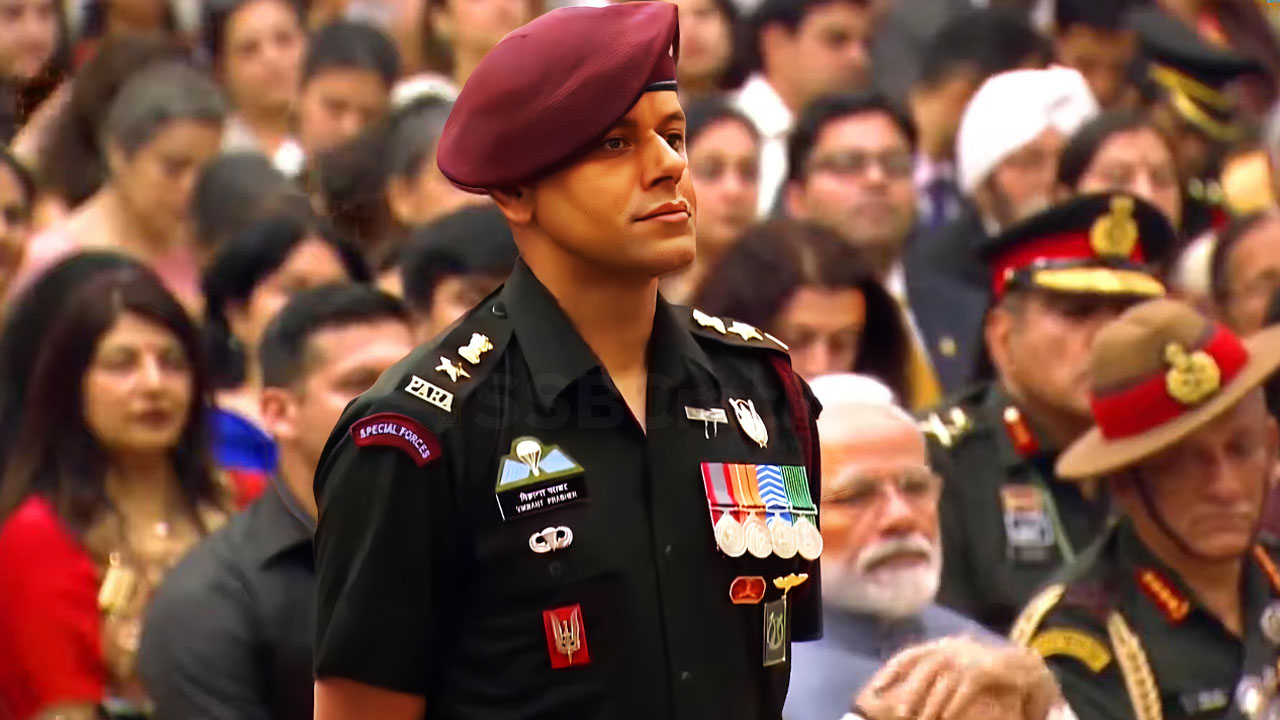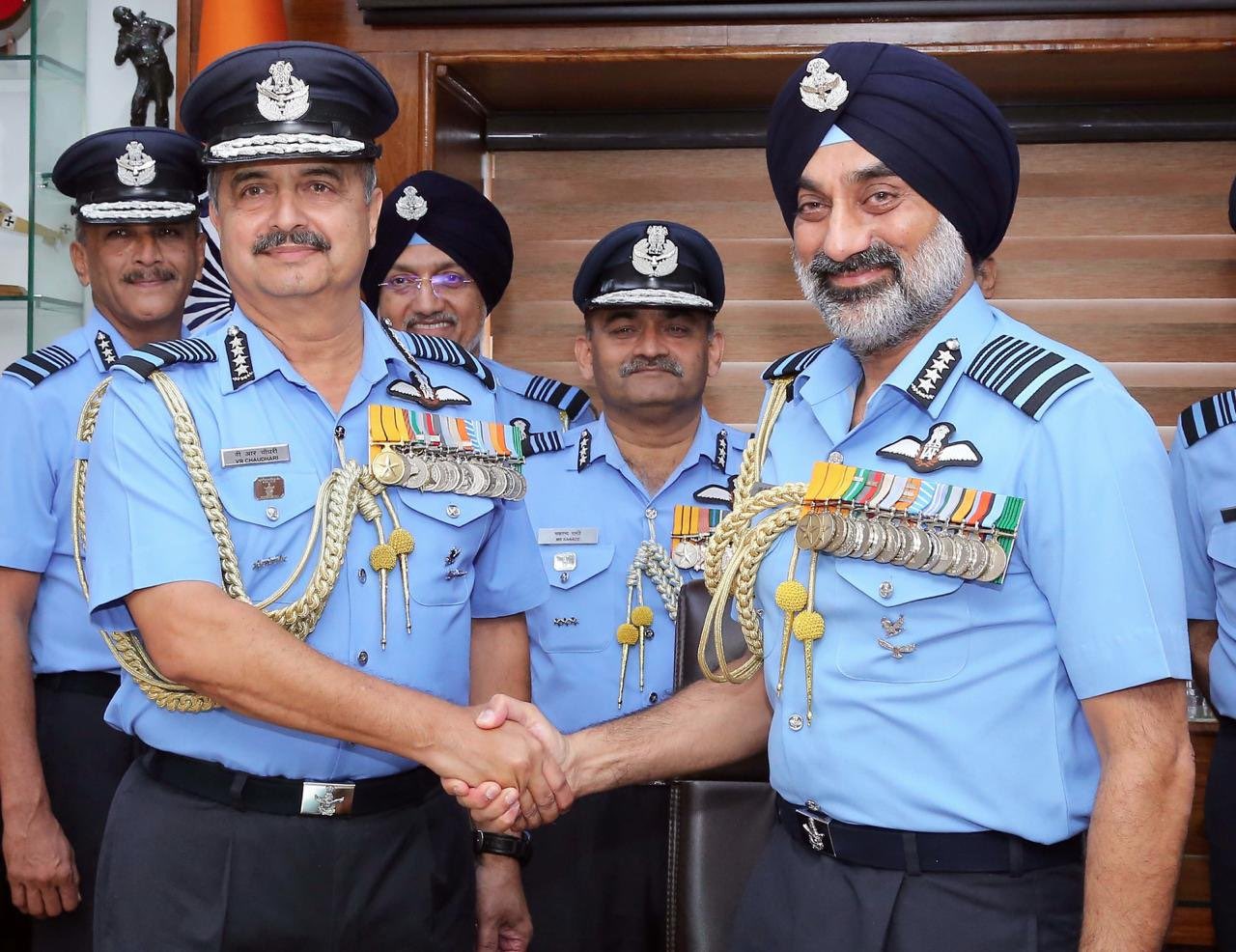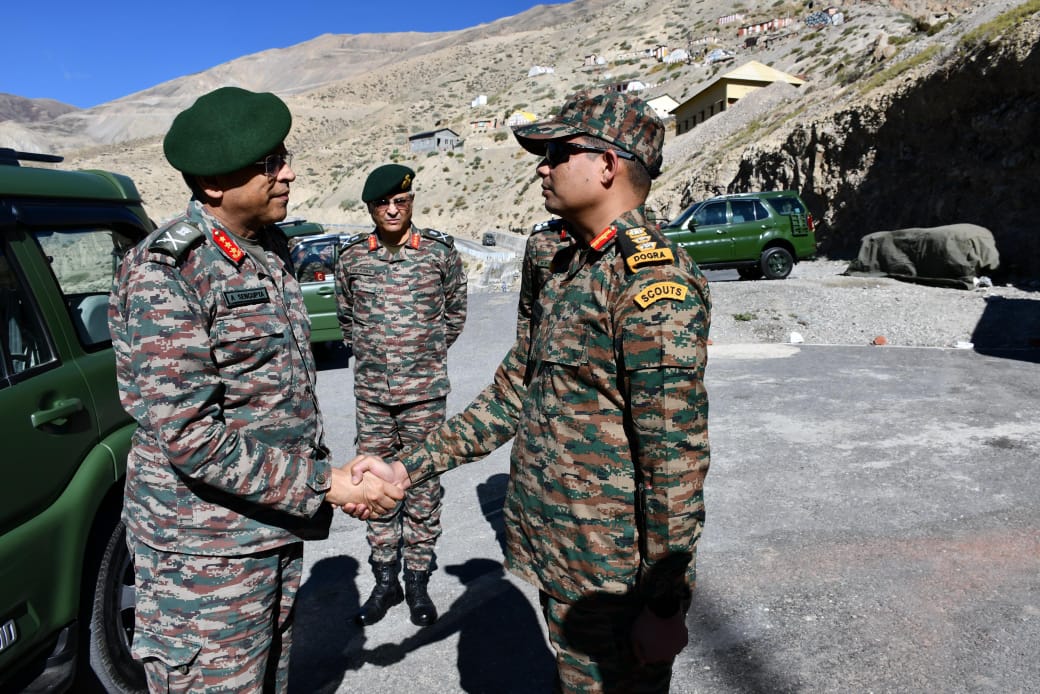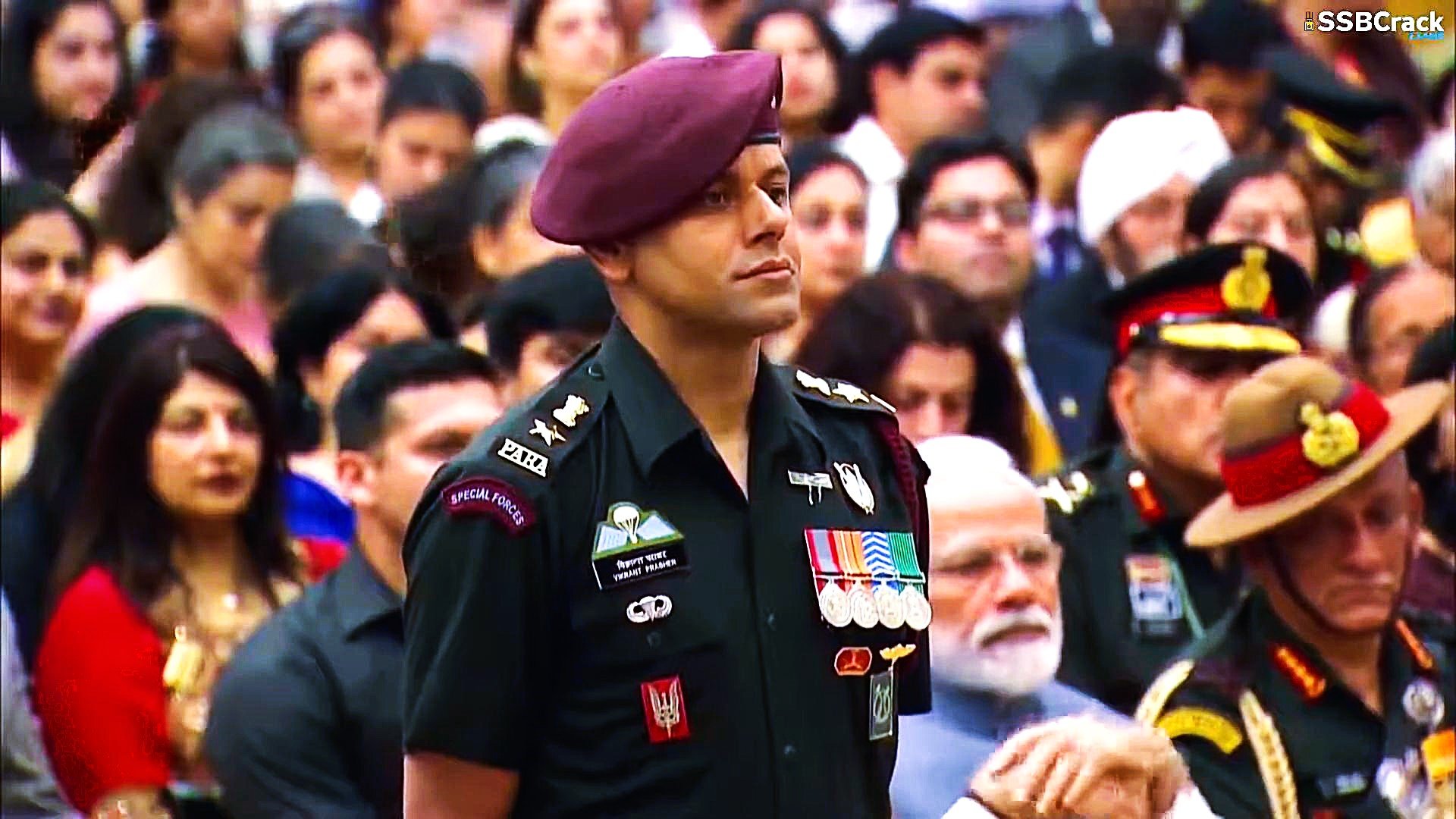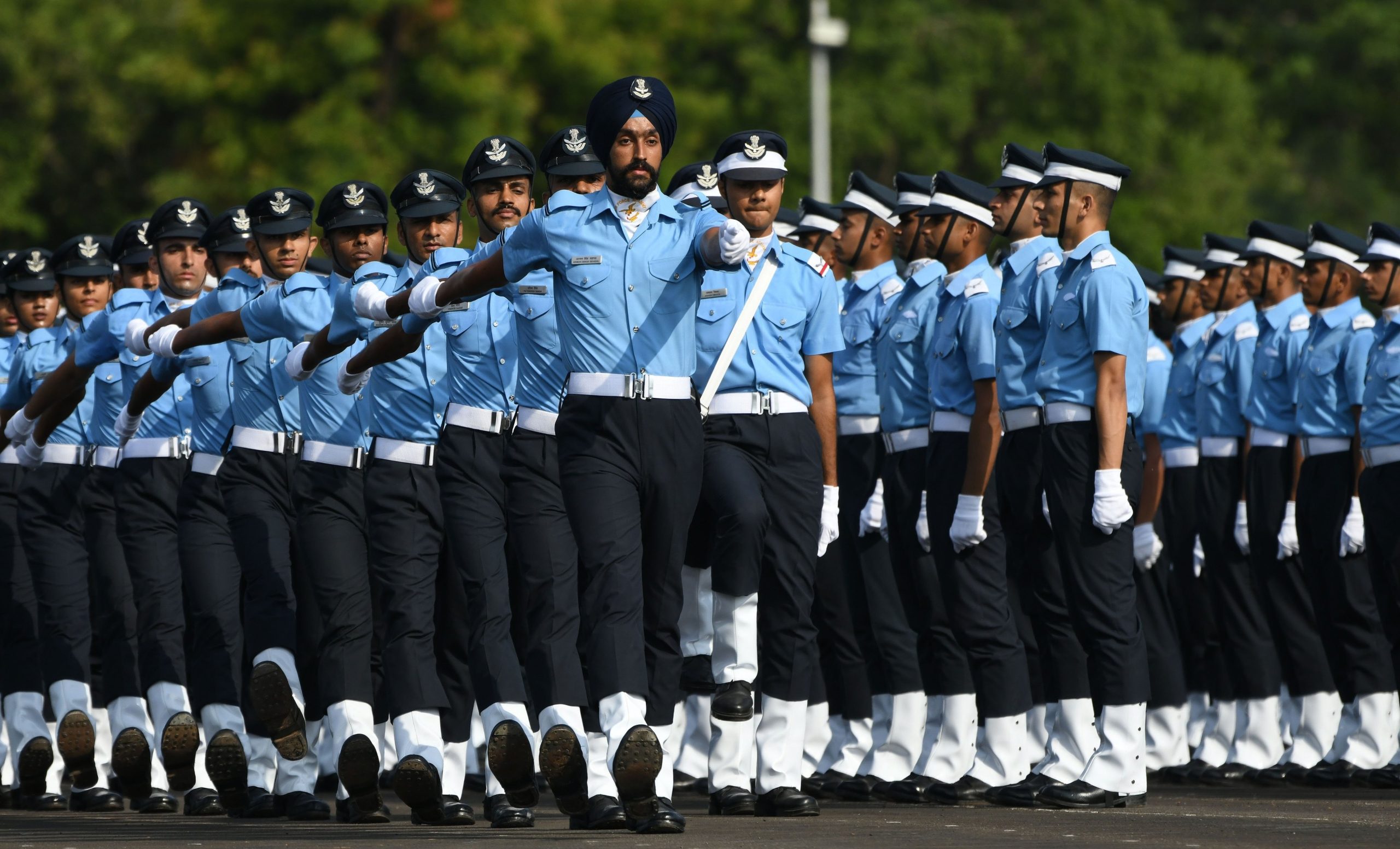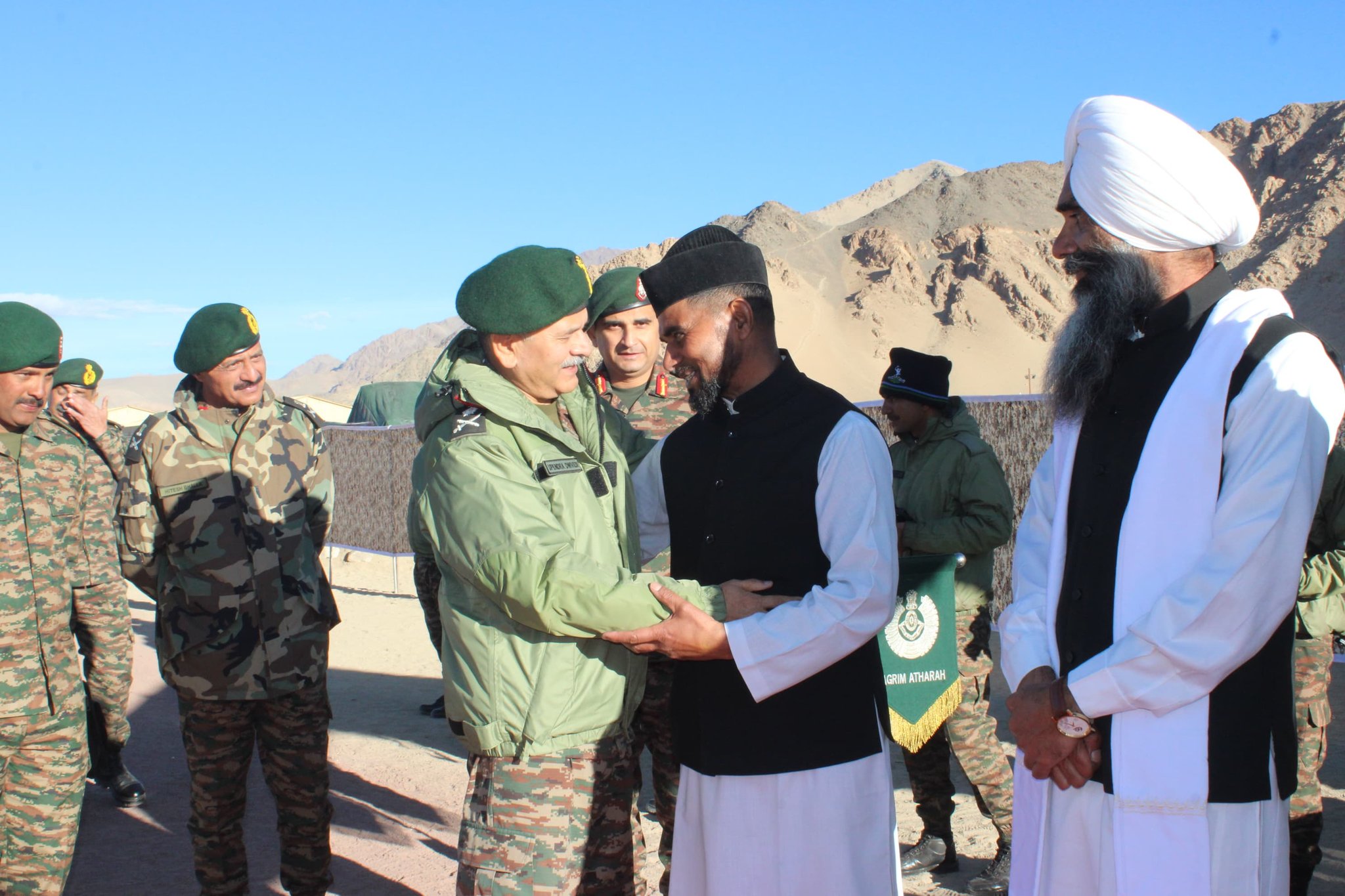Colonel Vikrant Prasher Appointment put on Hold by Election Commission
In a recent development, the Election Commission of India has put a halt to the appointment of Colonel Vikrant Prasher…
Air Chief Marshal AP Singh Appointed as New Chief of Indian Air Force
In a significant leadership transition, Air Chief Marshal Amar Preet Singh has assumed the position of Chief of the Air…
Lt Gen Anindya Sengupta Reviews Security at Northern Borders
Lt Gen Anindya Sengupta, General Officer Commanding-in-Chief of Surya Command, recently conducted a comprehensive review of the security and operational…
Colonel Vikrant Prasher Appointed as SSP (Training) and Special Operations, J&K Police
In a significant move aimed at bolstering the security apparatus in Jammu and Kashmir, Colonel Vikrant Prasher, Shaurya Chakra of…
AFCAT 2 2024 Result to Be Published on 30th September 2024
Update: The Indian Air Force has announced the official AFCAT 2 cut-off for 2024, alongside the AFCAT 2 2024 results,…
General Upendra Dwivedi COAS Reviews Security and Operational Preparedness in Siachen and Eastern Ladakh
General Upendra Dwivedi, the Chief of Army Staff (COAS), recently conducted a significant visit to the Siachen Glacier, Eastern Ladakh,…

